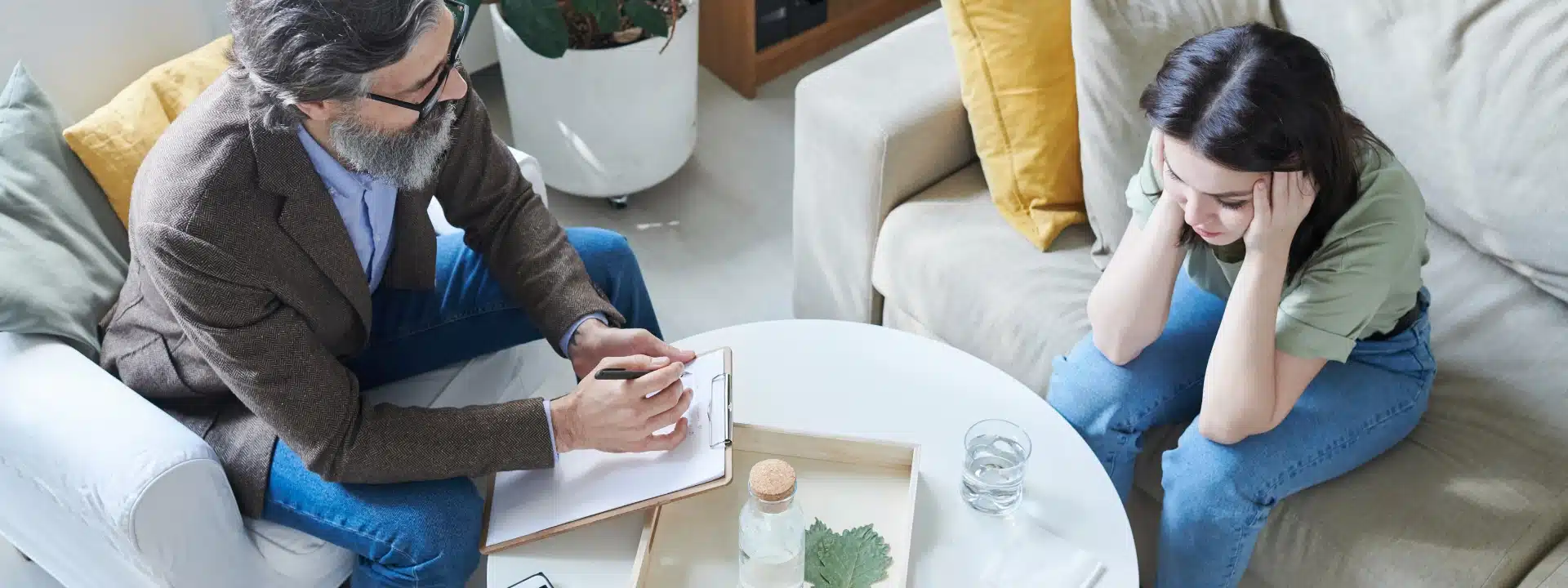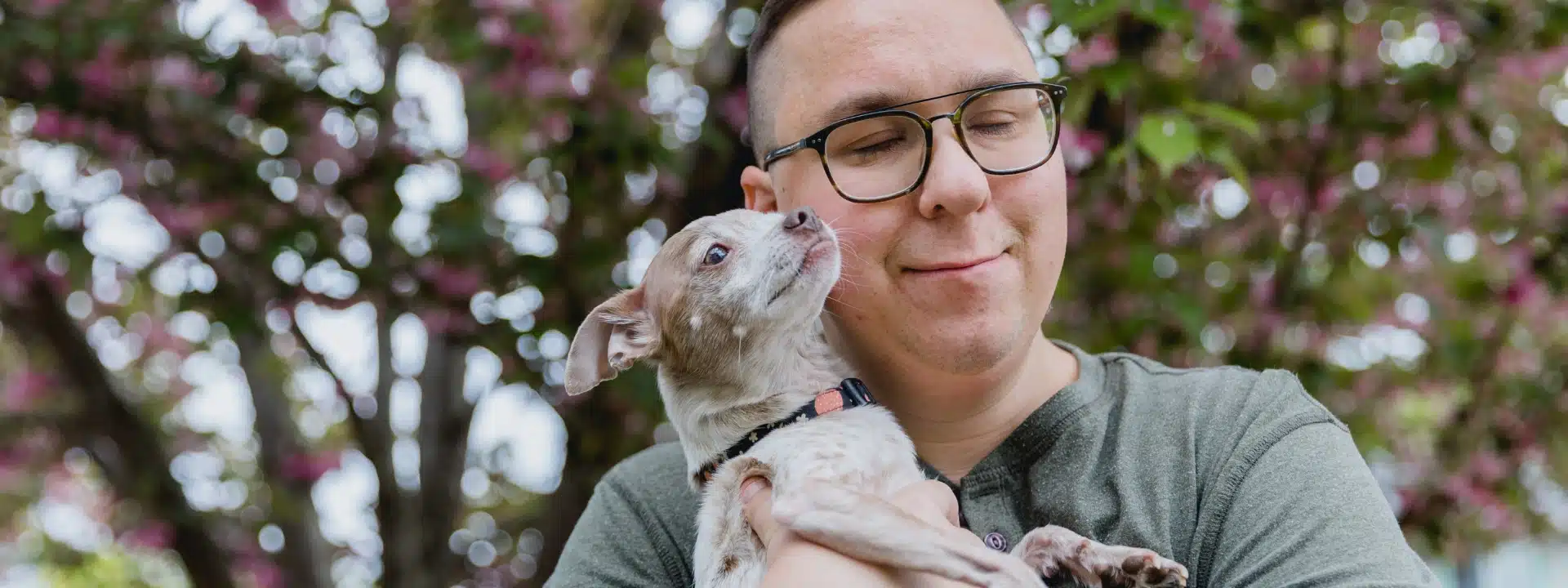I used to feel like someone had locked my heart behind a heavy door. I wanted love. I wanted closeness. But somehow, I kept pushing people away. I blamed them. Deep down, though, I knew something inside me was broken.
One night, after I cried into my pillow, I asked myself: Why can’t I trust anyone? Why do I feel lonely even when someone is next to me?
Then I heard about a kind of therapy that could bridge this gap. What is attachment therapy? They said it could rebuild trust, heal wounds, and help me feel safe with people again.
I had tried talk therapy, mindfulness, and even medicine. None of it touched the deepest pain. I was desperate. So, I took a leap into something new.
At that moment, it felt like my only hope. Could this therapy untangle the mess in my heart? Could it teach me how to love without fear? That choice started a journey that changed everything for me.
How Does Attachment Therapy Work — Heart Meets Science
How does attachment therapy work? The idea is simple. First, you uncover old wounds. Then you build a safe bond with the therapist. Finally, you practice trusting others again.
In my case, my therapist never judged me. She listened to my hidden fears. She showed warmth when I expected rejection. Little by little, I let myself be seen.
In 2024, researcher Ruby Ramsden and her team studied attachment-based therapy for people with intellectual disabilities. They reviewed 13 strong studies. They found that when therapy focused on early bonds and safe connections, trust and emotional security improved.
That’s exactly what happened to me. We tried small, safe steps. I told her a painful memory and shook with fear. She held space for me. I sent a scary text to a loved one: I matter to you, right?
Over time, the cracks in my heart started to close. That’s the power of attachment therapy—it replaces fear with safety.
Why Use Attachment Therapy — When Nothing Else Helps
So why use attachment therapy at all? Because some wounds hide so deep that normal therapy doesn’t reach them.
For me, the pattern was always the same: “I don’t feel safe. I run.” Other kinds of therapy helped me handle stress and thoughts, but not my need for trust.
Yahui Yang and colleagues (2025) studied adults with insecure attachment. They found that weak attachment led to emotional distress, sleep troubles, and even body pain.
They surveyed people and showed that when your attachment is shaky, your whole life suffers. So, this kind of therapy isn’t a luxury. It’s a lifeline. It heals the very root—your broken bond with others.
How Attachment Therapy Helps Relationships — Rewriting Your Bond Story
As my inner world healed, my relationships started to heal, too. I picked up the phone. I called a friend. I asked, Can we talk? I said sorry. It felt scary—but also alive.
So, how does attachment therapy help relationships? It teaches you to stay close even when fear rises. It shows you how to repair when you’ve pulled away.
Haruka Notsu and her team (2024) looked at 33 studies. They found that people with anxious or avoidant attachment often had weaker trust with their therapists (r = –.09 to –.13).
That means therapy first has to teach you how to trust one safe person. Only then can you bring that skill into real relationships.
I learned to say, I need you. I practiced asking for space kindly. I even learned how to express anger without fear. My partner noticed the change. My friend told me, You really listen now. I was no longer hiding behind walls.
Why Attachment Therapy Is Controversial — Walk the Tightrope
But here’s the truth: attachment therapy is controversial. Some people misuse the name and do dangerous things. You deserve to know the difference.
Medical News Today writer Cecilia Bahou explains that “attachment-based therapy” is not the same as the old “attachment therapy.” The older version used harsh, unsafe methods. The safe, modern version builds trust with kindness and respect.
So why is attachment therapy controversial? Because people mix the two. But good therapists never force you. They never use fear. They create safety and choice.
In my journey, I asked tough questions: Is this safe? Can I stop if I panic? Will you respect my limits? My therapist answered yes every time. That gave me courage.
Researchers Deanna Varley, Chase Sherwell, and James Kirby (2024) studied how people with different attachment styles respond to compassion. They found that avoidant or anxious people need different approaches.
That means one method doesn’t fit all. That’s why some experts argue about it. But with the right guide, controversy fades and healing begins.
How to Find Attachment Therapy — Know Where to Start
You might wonder: how do I find attachment therapy I can trust? I remember sitting at my computer, scared even to search.
Here’s what helped me:
- Find a therapist who calls it “attachment-based therapy,” not something extreme.
- Check their license and trauma training.
- Ask why they use attachment therapy.
- See if they offer a free call so you can feel safe.
- Ask about steps, timelines, and how they handle panic.
Ramsden et al. also noted that safety and structure are key when picking therapy. A good therapist should explain things clearly and make you feel protected.
When I met mine, I asked, If I panic, can I stop? She said, Yes. I asked, Will you ever force me? She said, Never. That was the moment I said yes.
If you’re looking in California (or your own city), try searching for “attachment-based therapist near me.” Ask for recommendations. Trust your gut—it matters.
Why Choose Attachment Therapy Now — The Time Is Yours
Why choose attachment therapy now and not later? Because wounds grow if you leave them alone. Delay makes distrust stronger.
I waited too long. I kept ruining relationships. I numbed myself. I drank. I froze. One day, I realized: This is stealing my life.
In their conceptual analysis on attachment styles in the workplace, Queyu Ren, Anna Topakas, and Malcolm Patterson (2024) studied attachment styles at work. They found that insecure attachment shapes how we handle stress in jobs and life.
Even though it was about workplaces, the lesson is clear: attachment shapes everywhere you go. Friends. Family. Partners. Colleagues.
So, why wait? Starting now means breaking the old cycle today. I chose then. I permitted myself to heal. That choice unlocked safety, closeness, and joy. You can choose, too. Why not now?
A New Beginning
Now you’ve seen what attachment therapy is—not as a buzzword, but as a way to heal broken trust.
You saw how it works, why people turn to it, how it fixes relationships, why some call it controversial, how to find it, and why now matters most.
At Alter Behavioral Health, we believe in safe, caring healing. We use respect, research, and heart. We never force you. We walk beside you.
Take that step with us. Call today. Begin your new chapter—one where you can finally trust, connect, and feel safe again.
FAQs
Q: What is attachment therapy exactly?
A: It helps you heal how you bond and trust.
Q: Does it work for adults only?
A: No. It can help teens, adults, and families.
Q: How long does it take?
A: It depends. It can take months or years.
Q: Is it safe?
A: Yes, with trained and caring therapists.
Q: Why use attachment therapy over talk therapy?
A: Because it heals deep trust wounds.
Q: How does attachment therapy help relationships?
A: It helps you stay close and repair bonds.
Q: Why is attachment therapy controversial?
A: Because some misuse the term with unsafe methods.
Q: How to find attachment therapy near me?
A: Search “attachment-based therapist” and ask for referrals.
Q: Why choose attachment therapy now?
A: Because waiting only makes pain grow.
Q: Can I stop anytime?
A: Yes. A good therapist will respect you.



